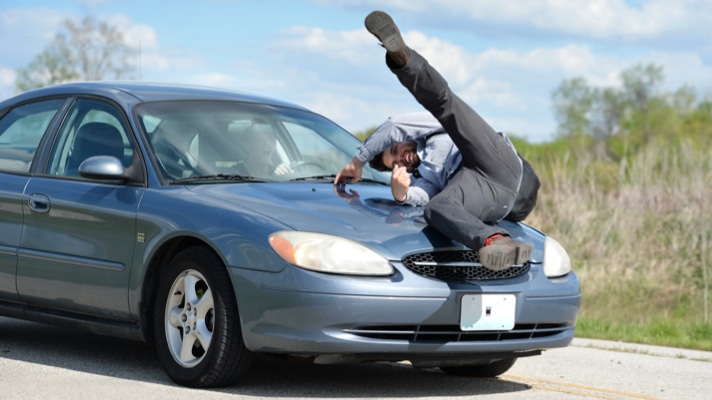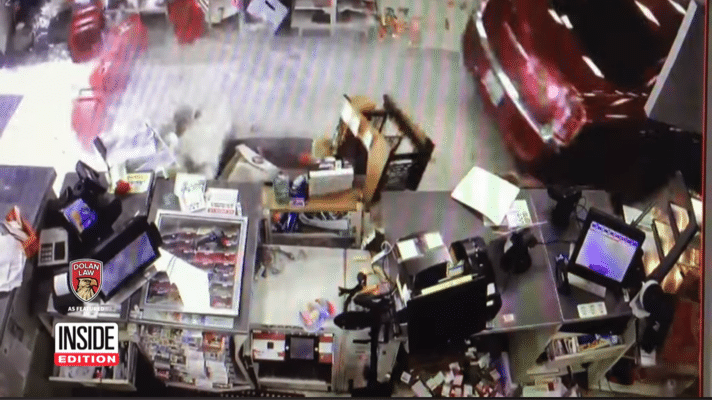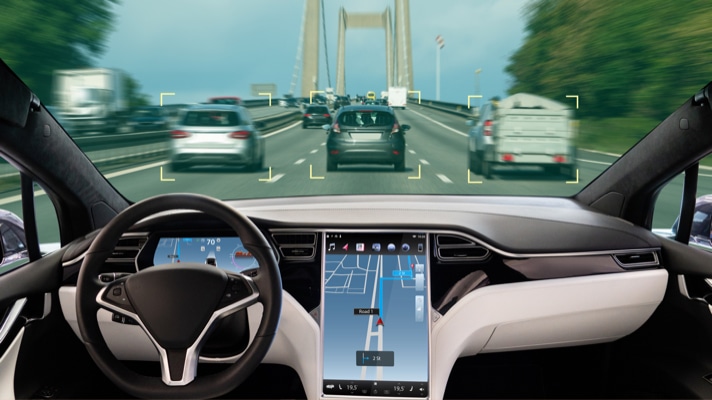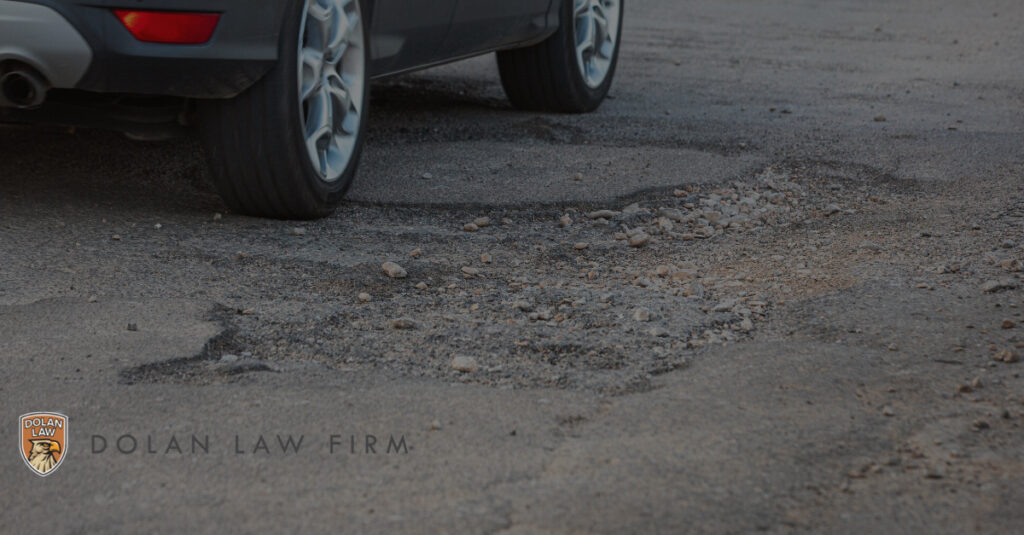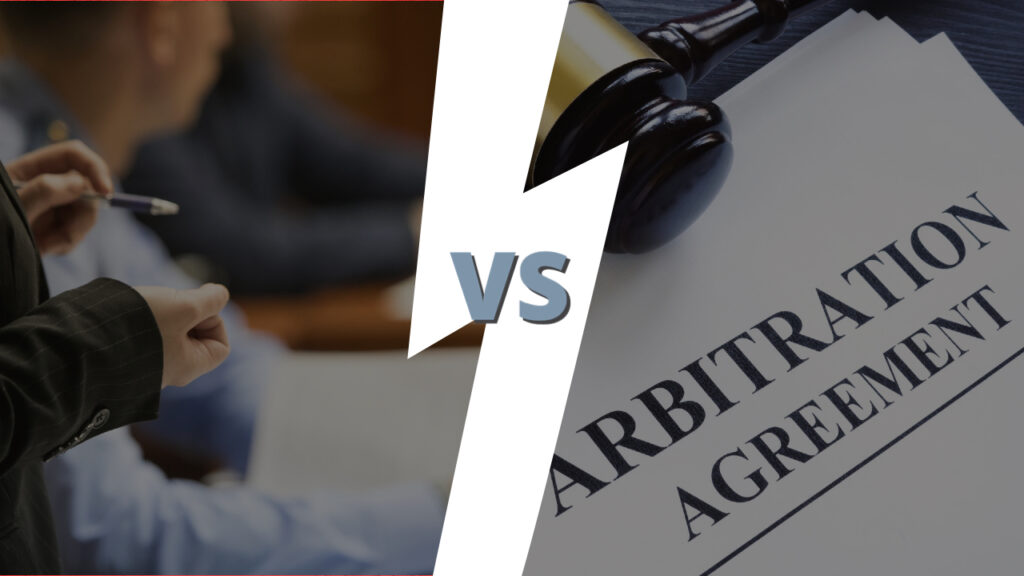YOUR RIGHTS AS A PEDESTRIAN HIT BY A VEHICLE IN CALIFORNIA
Written By Chris Dolan and Alison Baird This week’s question comes from Geraldine in San Francisco, CA, who asks: Recently, a car struck me while crossing the street. I was not in the crosswalk. Luckily, I was ok, but I decided to call an ambulance due to a small cut on my head. I was …
YOUR RIGHTS AS A PEDESTRIAN HIT BY A VEHICLE IN CALIFORNIA Read More »

